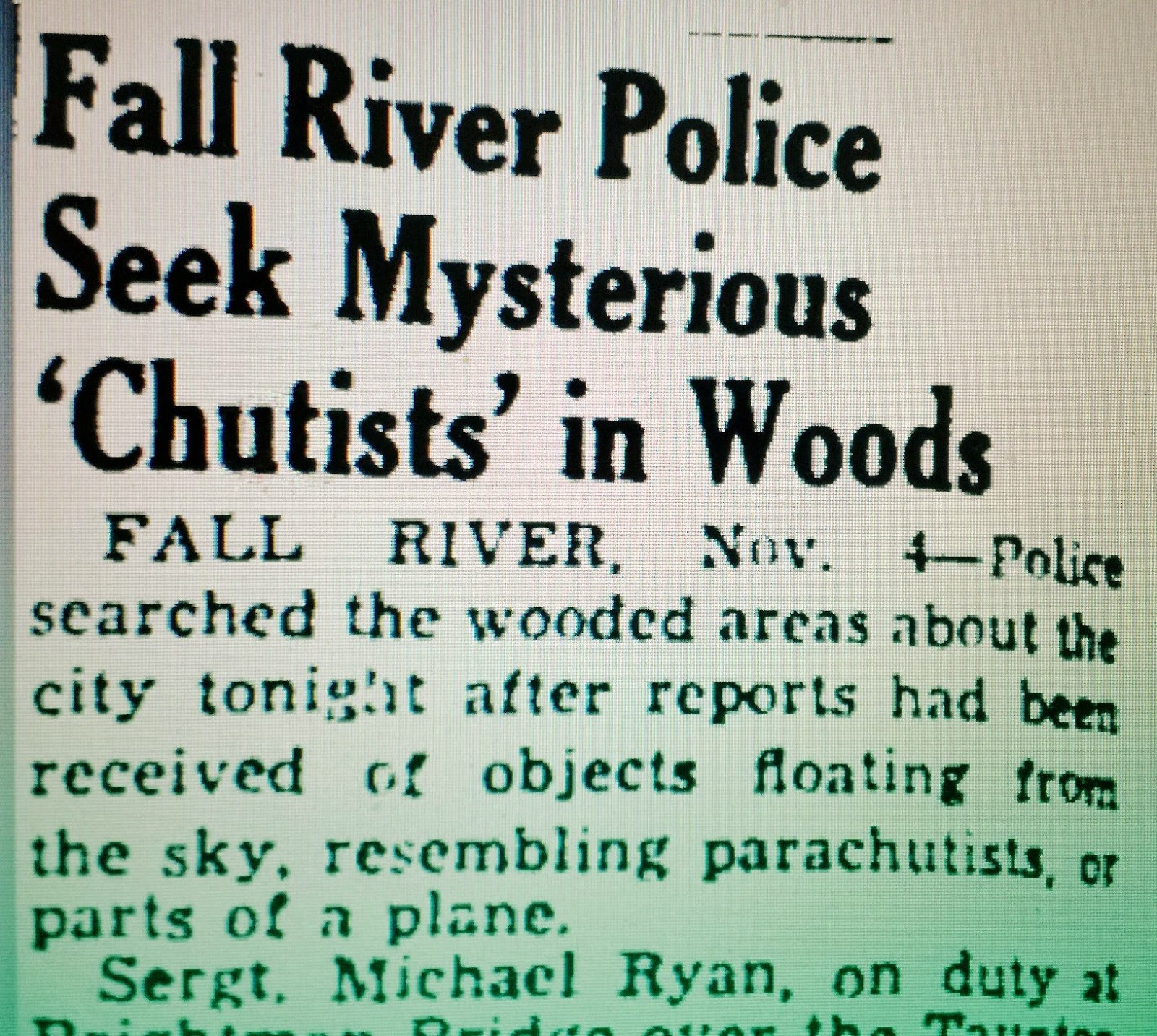King Philip's War Synopsis
The following is excerpted from "The History of Raynham," By Patrice White
MASSASOIT WAS KING PHILIP'S DAD;
WHEN HE DIED, THE WHITE MEN WERE SAD
Massasoit, sachem of the Wampanoags, had established peaceful relations with the white men, and when he died, Massasoit' s sons Alexander (Indian name, Wamsutta) and Philip (Indian name Metacom or Pometacom) pledged to keep the peace. This was not easy, however, as the English and the Indians struggled for survival and land. At times Philip and his men felt humiliated by the English.
The primary causes of the bloody conflict known asKing Philip's War go far back of the outbreak of hostilities in 1675. It was undoubtedly inevitable, sooner or later. When Philip became sachem of the Wampanoags in 1662, it became evident that he was not likely to maintain the friendly relations with the English - so firmly established by his father. He was jealous of the progress of the settlers in occupation of the lands they had purchased, and he early began plotting with the Narragansetts and other Indians for their
extermination.
It took some time before the Indians realized that they were losing their land. The Indians did notpossess the land in the same sense that the white men owned it. The land, the woods, the lakes, the streams, belonged to the Indians as they belonged to the birds and the beasts. They did not realize what they were selling.
Later, however, the Indians' children realized what possession meant to the white man, and they became resentful. They obtained the same kind of weapons as the white man used, and when finally the Indians' anger rose to fighting pitch, there was a bitter struggle as the Indians were driven from their home. An early book evidencing sympathy for the Indian included this passage. "The savage, the child of a wild environment, knew none of the restraints common to the stranger who broke over the horizon of his solitude, his freedom of living, and his independence of movement, with the advent of that first ship from Plymouth." The English, uninvited, were trying to take over the land of the New England Indians. Anger and resentment had been rising, and when three of Philip' s warriorsmurdered an informer, John Sassamon, and then were themselves executed for the murder, Philip's young braves started war.
KING PHILIP COULD NO LONGER HOLD HIS BRAVES;
THEY PUT MANY WHITE MEN IN THEIR GRAVES.
Although war had been contemplated, no coordinated plan had been worked out. In proportion to population, the King Philip War was one of the most costly, in lives, ever fought in North America. Neither side had been ready for war. Philip became a symbol of the struggle, but he was never really in command and might not have been the great leader he was once assumed to be. However, he was influential enough to
protect the area that is now Raynham. Philip had spent many summers at his summer residence on Fowling Pond, which was near the Leonards' iron forge. (Fowling Pond has now grown up to be woods. It's on King Philip Street near the end of Mill Street.)
He had become friendly with the Leonards, and they had supplied Philip with beef, repaired his muskets, and furnished him with tools. He remembered these acts of friendship and gave orders to the warriors that they were not to injure any member of the Leonard family. Although King Philip War spread terror and desolation through many towns nearby, the inhabitants of Raynham were saved from savage invasion.
Although the Leonards shared the feelings of friendship with Philip, the Leonard house just east of the forge was surrounded by palisades for protection and provisioned, just in case.
The white men lived in fear of Indian attack. "By day, or by night, no white man was safe. As the white man ploughed or reaped, the fences along his fields were the crouching places of his inveterate enemy. The thickets by the roadside were likely at any moment to breathe forth a wisp of musket smoke when the fatal bullet would speed to his heart."
Shortly before Philip' s death, his wife and nine-year old son were taken prisoners by the English, an event that crushed the heart and life of the sachem. On Saturday, August 12th, early in the morning, Philip was shot by a faithless Indian, and Captain Church cut off his head, and it was carried on a pole to Plymouth.
KING PHILIP'S HEAD WAS CUT OFF ONE DAY;
IT WAS THEN IN PLYMOUTH AND IN RAYNHAM - ON DISPLAY
Present Day Wampanoags
There are still some Wampanoag Indians in this area. At one of their New Year' s celebrations in Middleboro, they emphasized the importance of cooperation and communication among people of all races.
Lightning Foot, a tribal leader, said, "There is only one race, the human race, and we are all members."
The Wampanoag New Year is celebrated around May 1 because the nature-loving Wampanoags believed that life returned to the earth at that time. The group expressed the desire that a study of the American Indian be a part of every school curriculum, andthey felt that the American Indian is entitled to a national holiday.



